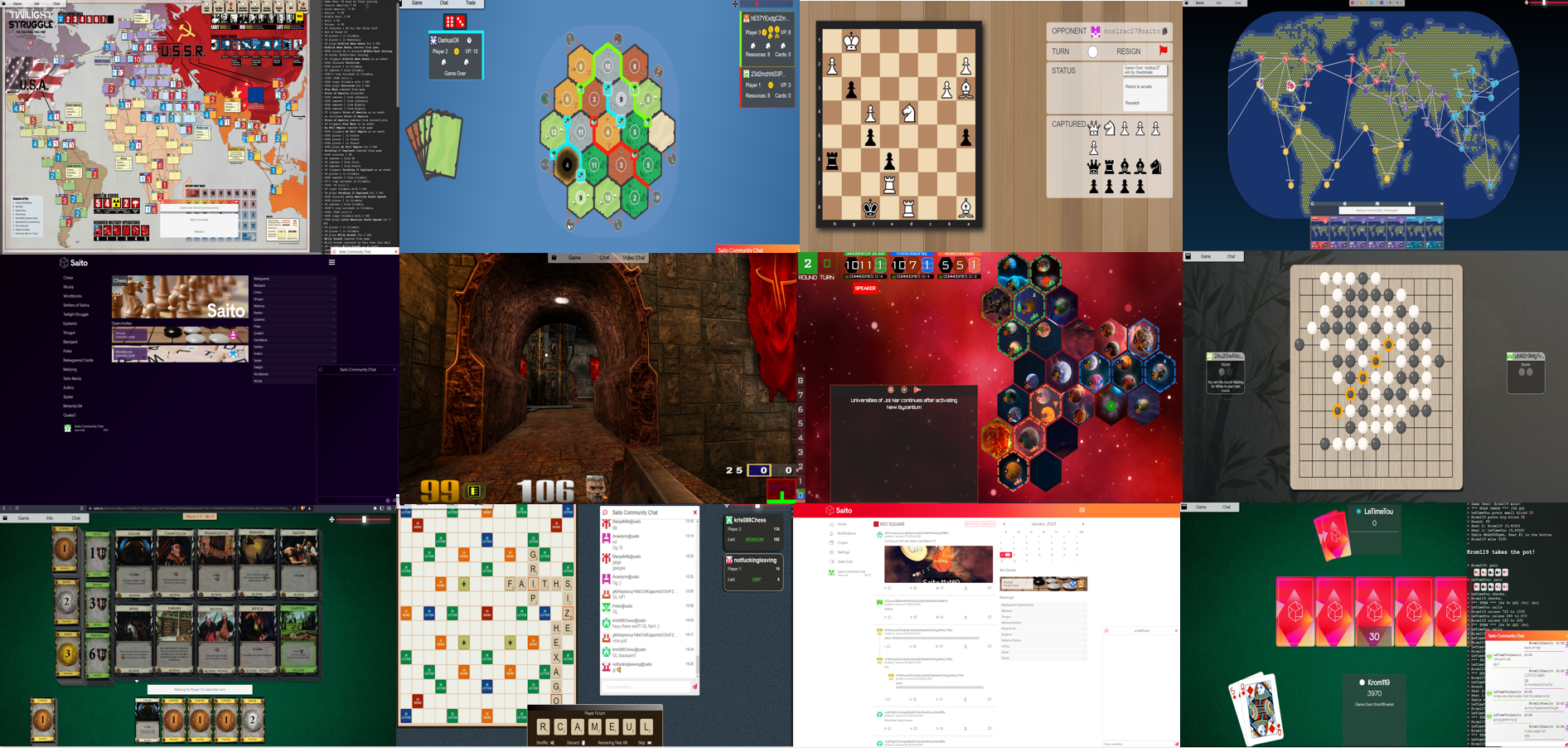¶ Saito Applications

¶ Core Apps
Saito Applications are modules that plug into the Saito Wallet and use the Saito network to communicate with peers. You can find a list of currently-supported modules at modules directory. We also have tutorials covering how to develop a module.
¶ Games
There is a good amount of games running on the Saito platform now, and more to come that are currently in development, some of them have been made for members of the community. With Saito being an open-source project that is delighted to receive apps from other developers to run them in the network, this is just the tip of the iceberg for what is to come.
td